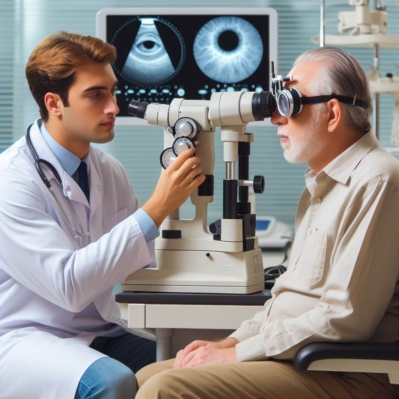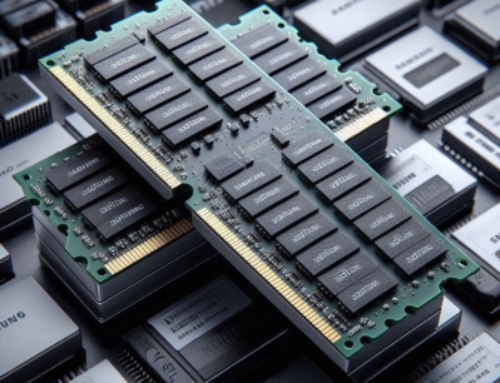Sight Sciences, Inc. V. Ivantis, Inc.
- Court: District Court, Delaware
- Case Number: 1:21cv1317
- Filed: 16thSeptember 2021
- Judges: Jennifer L. Hall
- Case Type: Patent (830)
- Cause: Patent Infringement
Parties Involved
- Plaintiff(s):Sight Sciences, Inc.
- Counsel for Plaintiff: Melanie K. Sharp | David Murdter | Deepa Kannappan | James L. Higgins | Michelle S. Rhyu | Orion Armon | Stephanie Vangellow | Taylor E. Hallowell
- Defendant(s): Ivantis, Inc.| Alcon Research LLC | Alcon Vision LLC | Alcon Inc.
- Counsel for Defendants: John W. Shaw| Andrew Russell | Brian A. Verbus | Emily DiBenedetto | Emily C. Sheffield | Frank S. Noah | Gregg F. LoCascio | Jacob Rambeau | Jeanne M. Heffernan | Julie Metkus | Karen Elizabeth Keller | Kat Li | Lydia B. Cash | Nathan Roger Hoeschen | Nathaniel L. DeLucia | Ryan Kane | Ryan James Melde | Sean M. McEldowney | Sean M. McEldowney | Steven Dirks | Todd G. Miller | W. Todd Baker | Austin C. Teng | Corrin N. Drakulich | Douglas Edward McCann | David M. Fry | Frank E. Scherkenbach | Justin Bova | Kyle J. Fleming | Warren K. Mabey, Jr.
Verdict Information
- Verdict Date: 8thApril 2024
- Damages awarded to Plaintiff:$34 million
- Royalty Damages: $28.5 million
- Lost Profits: $5.5 million
About the Patent Infringement Case
Cause:
Sight Sciences, a prominent medical device company, pioneered patented products and techniques for treating glaucoma, a sight-threatening eye condition stemming from elevated intraocular pressure. Co-founded by Paul Badawi and Dr. David Badawi in 2004, the company embarked on research to develop safer and more efficient glaucoma treatments, diverging from invasive surgical approaches.
Their breakthrough research culminated in a pivotal patent application in 2006, unveiling innovative intraocular implant designs and implantation methods. These inventions, including canalicular scaffold designs, aimed to uphold the patency of Schlemm’s canal, the eye’s natural drainage pathway for aqueous humor. Established in California in 2011, Sight Sciences continued to innovate, introducing products like the VISCO360® system, TRAB360® system, and OMNI® system for canaloplasty and trabeculotomy procedures.
In 2007, Ivantis was founded with a similar mission in developing eye disease treatments. While Ivantis expressed interest in acquiring rights to Sight Sciences’ patent application in 2008, the offer was rebuffed. Subsequently, Ivantis developed its own Hydrus® Microstent, which garnered FDA approval in 2018 for reducing intraocular pressure in patients with open-angle glaucoma. The Hydrus is engineered to keep Schlemm’s canal open while facilitating fluid flow, implanted through an ab interno procedure.
Injury:
In the patent infringement lawsuit, Sight Sciences alleges patent infringement by Ivantis across four patents, including U.S. Patent 8,287,482 and U.S. Patent 10,314,742. Ivantis’s actions, including off-label methods for Hydrus device implantation, are claimed to have willfully infringed Sight Sciences’ patents. The asserted patents claim priority back to the Badawi brothers’ original 2006 application.
Damages:
As direct competitors in the glaucoma treatment market, Sight Sciences claims it incurred losses such as diminished sales, price erosion, and market share decline due to Ivantis’s infringing Hydrus product in the patent infringement lawsuit. Sight Sciences pursued damages and permanent injunctive relief against Ivantis for its willful patent infringement in this lawsuit.
Jury Verdict:
Following an intense legal battle, the jury ruled in favor of Sight Sciences, awarding $5.5 million in lost profits and $28.5 million in royalty damages for Hydrus Microstent sales. The total damages reached $34 million, highlighting the significant impact on the glaucoma treatment market.
Have a recent verdict or settlement you want us to cover? Share details here.







Leave A Comment